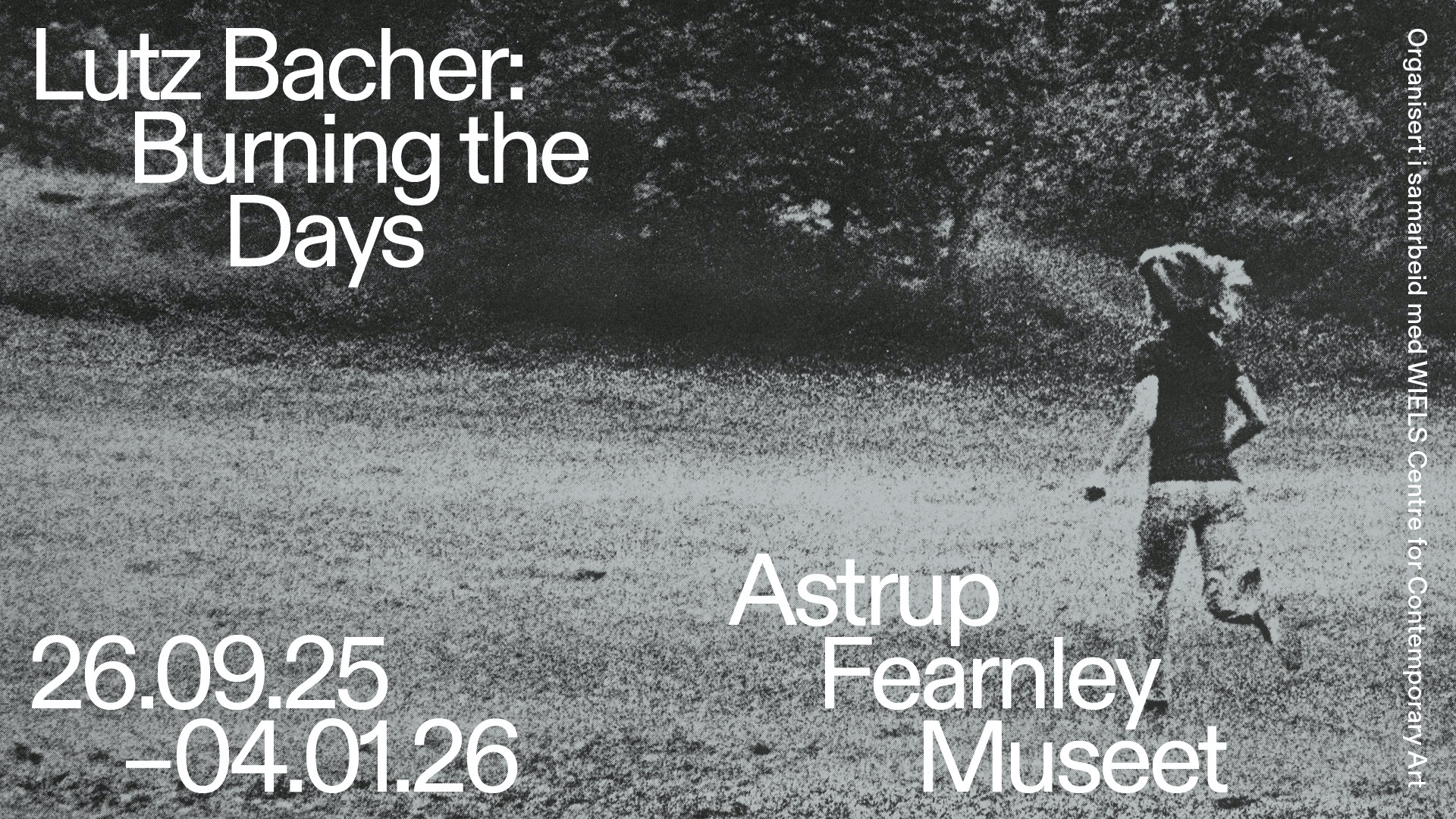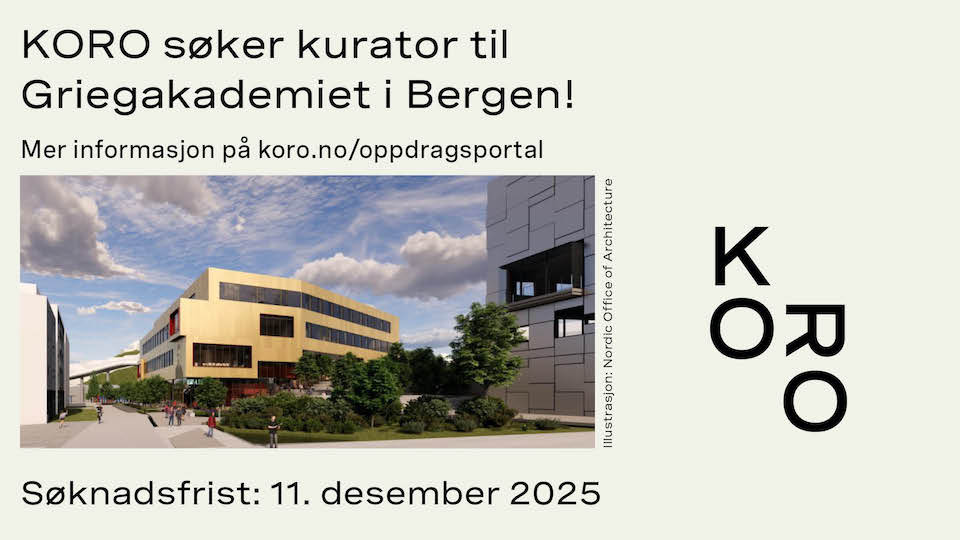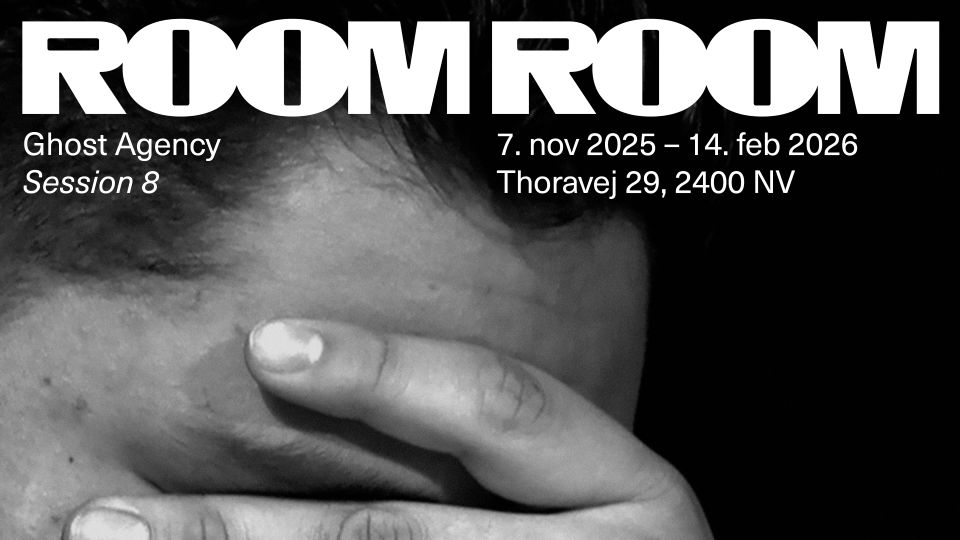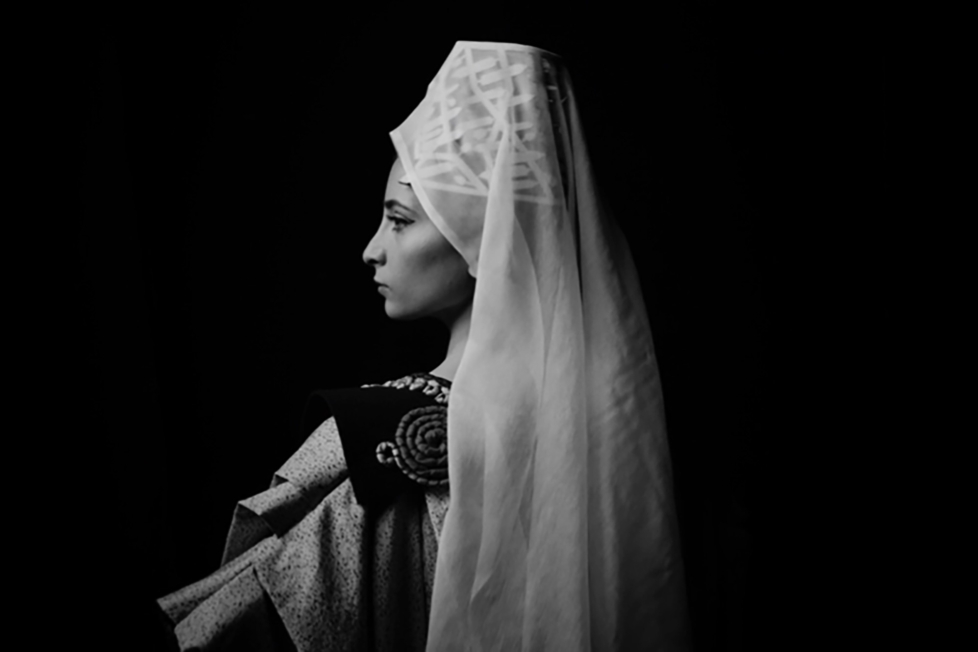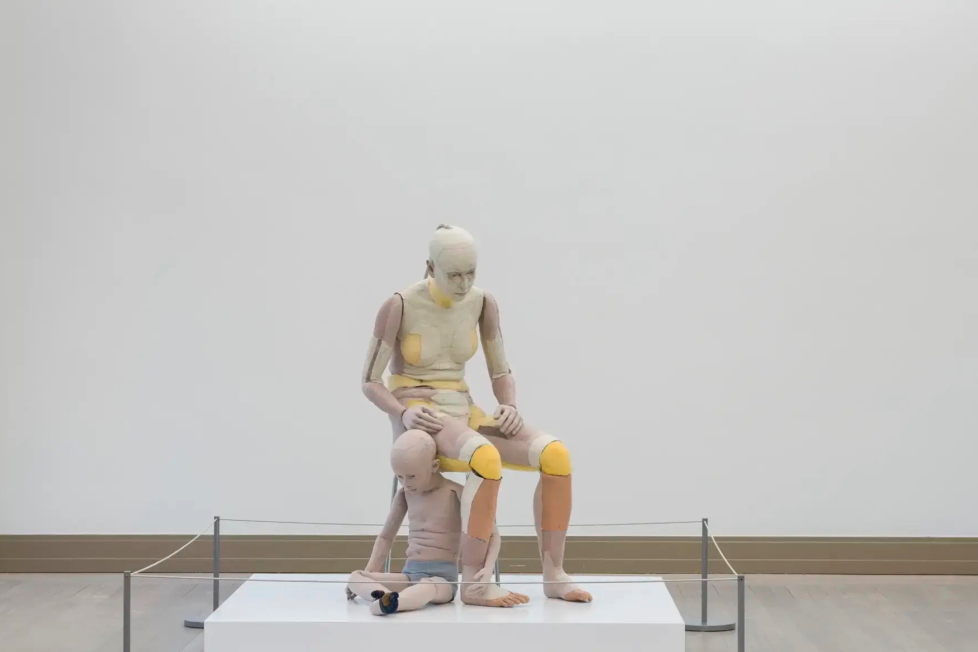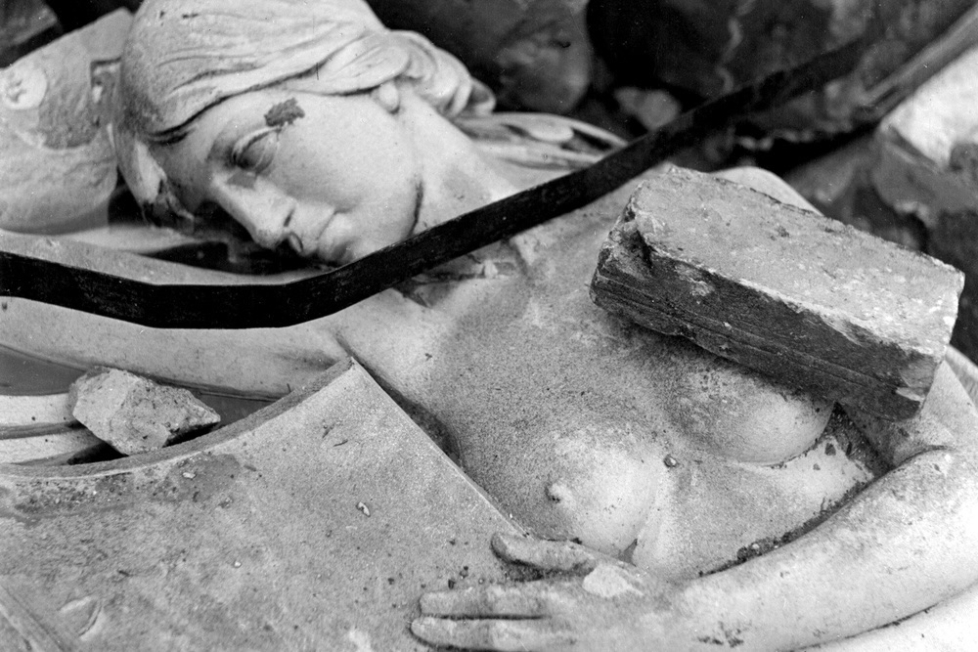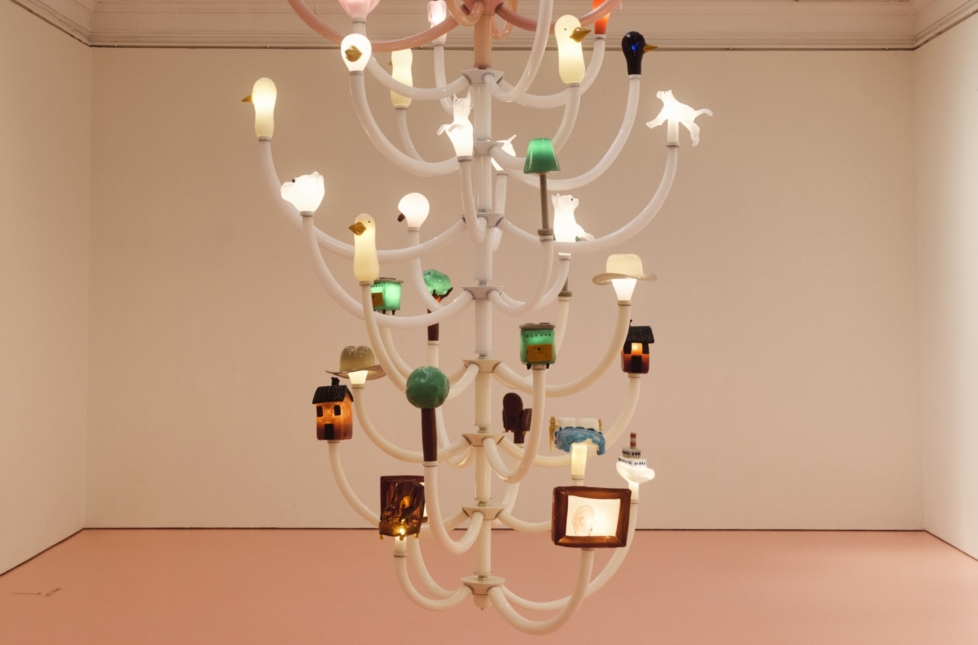
“People’s lives don’t always add up to a coherent whole, that’s just human reality,” the artist and writer Andreas Gedin underscores. We’ve met up to discuss his new book, Christer Strömholm och nazismen (Christer Strömholm and Nazism, 2025). We talk about the complex relationship between artist and work, and about the fact that the history of Nazism in Sweden remains largely untold.
Primarily, of course, we talk about Christer Strömholm (1918–2002). Arguably Sweden’s most important post-war photographer, Strömholm’s keen eye for people on the margins of society paved the way for him becoming the first photographer to be honoured with a solo exhibition at Moderna Museet in 1986. Public interest has continued, and in 2022 the National Museum of Sweden organised an exhibition based on his time in Paris in the 1940s, 50s, and 60s. Here, his iconic portraits of André Breton, Alberto Giacometti, and Niki de Saint Phalle were displayed alongside his most beloved works, the images of the transsexuals at Place Blanche.
Gedin’s book covers Strömholm’s youthful years during the 1930s and early 1940s, when he was a committed Nazi. Or was he? As Gedin recounts, Strömholm was kicked out of the largest Swedish Nazi party in 1938. After that, the nature of his political commitment is unclear, and Gedin does not want to speculate but focus on hard facts. Nevertheless, his book feels like the foundation for a suspense novel or a TV-series, complete with street brawls, burglaries of political opponents, contract murders, and wartime operations in both Finland and Norway.
For Gedin – who has written several biographies, including one on the founder of Moderna Museet, Pontus Hultén – it is important to distance himself both from sensationalism (no, he does not want Strömholm to be cancelled) and from the boyhood romanticisation that Strömholm used to stage his career. His Nazi involvement has not been unknown, yet, as Gedin uncovers, his biography has been tainted with lies, half-truths, and slippages that relativise the significance of his Nazism and have even made it a titillating element in the story of the seasoned street photographer’s adventurous youth.

In your book on Christer Strömholm and Nazism, you are particularly keen to address “posterity’s lies and whitewashing.” The core of the problem, as I understand it, is that the story of Strömholm’s life has been based exclusively on his own unverified accounts. Is that the case?
Peoples’ lives don’t always add up, that’s a human reality. But in art, there is this romantic idea that an artist’s life and work somehow form a whole. This was very important to Strömholm, who published several photo books in which he took control of his own narrative. In almost all of them, he is careful to tell his life story – but with omissions and modifications. Whether this is because Nazism was a problem for him, I don’t know, but it is noteworthy how important it was for him to marry life and art.
The problem is that no one verified Strömholm’s claims – perhaps they couldn’t because the files were not available. But that’s only one side of the story because nobody bothered to even question his stories. Instead, they were turned into the myth of an artist with a dark past. I find that deeply problematic.
Yet, you have explicitly chosen not to discuss the connection between Strömholm’s life and work, between his aesthetic choices and political convictions. How come?
I chose not to go into this or offer my own reading of Strömholm’s images for several reasons. Mainly because they were created after his Nazi involvement in the 1930s and 1940s. But then there’s the bigger question: must an artist’s life and work be considered as a whole? My answer is: it depends. It depends on who the artist is; it depends on the context; and it depends on who you are looking at it. Interpreting an artist’s work through their biography is complicated. I have chosen not to do that because Strömholm’s art was not my subject. I have been interested in historical falsification and artistic myth.
How did you become interested in Strömholm in the first place?
I am an artist myself and have been working with photography since the 1980s, so it is a world I’m familiar with. In 2022, I wrote a catalogue essay for the Swedish National Museum’s Strömholm exhibition. I was invited because a few years earlier I had written the biography Pontus Hultén, She and Moderna, which included images by Strömholm. While working on the essay, I came across Strömholm’s Nazism and wrote a little about it. But I felt that something was not quite right, so in preparation for a research seminar in Gothenburg I started going through the archives. Then the story unfolded in a way that resulted in this book.
What were some of the lies you discovered?
One of the most notable is that Strömholm’s Nazism has often been excused on the grounds that he was a troubled teenager and that his father committed suicide. That evokes sympathy, of course. The dilemma is that he joined the Swedish National Socialist Labour Party [Nationalsocialistiska Arbetarpartiet, or NSAP] in 1932, two years prior to the death of his father, and a year before Hitler took power in Germany in 1933. So Strömholm was an early adaptor and belonged to an exclusive group.
Another is the break-in at the offices of the socialist association Clarté in 1938, which has been dismissed as a drunken prank. But if you read the police investigation, it is clear that it was a well-planned political act, and that Strömholm was a driving force. Their aims were to find out whether there were infiltrators from Clarté in NSAP’s youth organization and uncover illegal refugee aid, as well as to obtain member records and lists of refugees. The break-in was widely reported in the press precisely because it was considered a serious crime committed for political purposes. The police investigation was extensive, and Strömholm was sentenced to pay a fine. His accomplices who were inside Clarté’s premises were sentenced to hard labour.
These examples are typical for how the story of Strömholm’s life is distorted and blurred by using a small truth to hide a larger truth. Another example is one that has rarely been discussed, namely that Strömholm sheltered at least one war criminal on the run from justice: a Norwegian Waffen-SS man who he allowed to live in his studio in Stockholm in 1945. By then, the war was over and the Holocaust was widely known. This was also a political offence that attracted the attention of the press, and this time, too, Strömholm was sentenced to a pay a fine.
As I understand it, Strömholm had supposedly abandoned Nazism at this time, something which is often evidenced by the fact that he fought against the German occupying forces in Norway. For this, he was awarded a medal after the war – at the same time as he was hiding a Nazi war criminal. Isn’t this a bit contradictory?
If you read carefully, I never claim that Strömholm was a Nazi after he was expelled from NSAP in 1938 because he was considered too extreme. Harbouring a Nazi war criminal, which Strömholm did after the war, I see as a Nazi act, but what his views were in the interim, I do not know. But there is also no evidence that Strömholm became an anti-Nazi, as has been claimed.
A common argument to support the idea of Strömholm as an anti-Nazi is that he fought against the Germans in northern Norway, as you mention. But doing that only meant that you were against the occupation, which many Swedish Nazis were. It didn’t at all mean that you were anti-Nazi. Strömholm was accompanied by at least two Nazi friends from Stockholm, and the leader of the Swedish force, the Social Democrat and legend Conny Andersson, has written about how he had to deal with a bunch of fascists who were also going up to fight. Furthermore, Sven Olov Lindholm, the leader of NSAP, and his chief ideologist Gunnar Prawitz, both praised the Swedish Nazis who fought the Germans in Norway.
What was the core of Strömholm’s Nazism? Is it possible to say anything about that?
It’s difficult to know what he thought or felt, and that is not something I explore in the book. If you want to look at it empirically, he was an organised Nazi from the age of 14 to 20. When he hid a Nazi war criminal in 1945, he was 27 years old. This was his environment. In the 1938 police investigation, his mother and stepfather claim that Strömholm hated Jews and was a good Nazi. But I don’t know if that is true.
The only existing testimony from Strömholm himself at the time is a fascist text he published in the Nazi magazine Stormfacklan [Storm Torch], and an interview in the same magazine after he had led a uniformed march along the streets of Stockholm during the NSAP’s national convention in 1936 or 1937. And then the break-in, of course. What we have is a collection of facts.

Violence seems to have been a recurring theme in Strömholm’s life, Nazi or not…
There is a brief newspaper piece about an incident in Norrköping where Strömholm and his friends had fought with communists. He was caught by the police but not convicted. However, he had violated the uniform ban. Clearly, the friends had been out fighting while wearing Nazi uniforms. If anyone thinks this sounds like mere horseplay, I would remind them that Stockholm in the 1930s was a meeting place for resistance fighters from Denmark and Norway, as well as for European refugees, i.e. liberals, socialists, and Jews. What was it like for them to encounter Strömholm’s gang on the street? This was serious business. They were not just playing around, as has been argued. It was about a small, hard elite of Nazis walking the streets of Stockholm.
A particularly dark chapter in the book is about the contract killings that Strömholm carried out during the war. What do we know about them?
We know that in one of his books, Poste Restante from 1967, Strömholm writes that he carried out two or more contract killings in Stockholm during the war, and that they were supposedly of people who opposed the Norwegian resistance. This resulted in a major article in the Norwegian newspaper Aktuell, where Strömholm describes the murders in a very macho way – cold and calculating, like a Mickey Spillane story. But it is never clear why he told the story of the murders, except that they had passed the statute of limitations. The only thing I can think of is that he wanted to come across as having been a hardcore resistance fighter during the war. But he also talked about how much money he received, which overshadows the ideological aspect.
But you also write that he had a lot of money during the war, so couldn’t the confession have been an attempt to explain or excuse that?
Exactly. There have been claims that Strömholm worked for the Germans. But all I know is that he had a lot of money in the 1940s. This was mentioned in reports to the Swedish Ministry of Defence, since he was associating with people in the German delegation. But there is no way of proving anything. And his stories about the murders are strange; they don’t quite add up, so I don’t know… At the same time, as I said, you have to consider that what we as humans do, say, and think doesn’t always add up.
Nevertheless, writing about Strömholm’s ideological commitment, one must at least mention the murders since they have been seen as part of his alleged move away from Nazism. But are they really an expression of such a conversion? I don’t know.
An interesting art historical aspect is the role of the leftist magazine Etc in the canonisation of Strömholm during the 1980s. What was its role?
Etc was Sweden’s first visually attractive radical left-wing magazine. This was right after the 70s golden era of xeroxed publications and pamphlets, and was something completely new. It used a commercial aesthetic and focused on photography. Suddenly, there was a forum for someone like Strömholm, who was published there. But Etc had no interest in problematising Strömholm’s politics; it was interested in his pictures. This was even though it published two important catalogues telling his story, but without any critical questions. But I don’t want to single out Etc. There were many others who acted in a similar way.
Of course, during these years photography was becoming an established art form in Sweden, and Strömholm played an important part in this, right?
Absolutely. And it was so expertly done. Strömholm began his career as a painter, but then started working with photography, and I think it’s clear that his project from the beginning was about being recognised as an artist. He ran a photography school in Stockholm, for example, and did not have to devote himself to commissioned photography. This allowed him to maintain his artistic integrity. Then came the great canonisation with his exhibition at Moderna Museet in 1986, in which Etc was also involved and helped with the hanging. Strömholm’s important move was to refuse to exhibit under the umbrella of the [museum’s] photography department. He wanted to be shown on the same level as any other artist. And he was. An important aspect of this was how he had taken control of his own history and fashioned himself as an artist in his photo books.
Do you think your book will have an impact on how we view Strömholm?
I hope it impacts the writing of history, because that’s what interests me. Whether it has consequences for how Strömholm is viewed as an artist doesn’t concern me.
These are sensitive matters. Have you encountered any difficulties while working on this project?
No, not really. Those close to Strömholm may not find the book very pleasant. But my point is that public figures must be scrutinised. This might be difficult for Strömholm’s friends or those who appreciate his art. If they can’t distinguish between work and person, that is. But that’s their problem, not mine. For me, this is important because it’s part of our history. Sweden was not in the war, so we have never come to terms with Nazism. Quite a bit has been researched, but a lot remains to be done. This is a problem when today’s right-wing extremists deny the facts and rewrite history. When this is the case, we can no longer turn a blind eye to what really happened.

